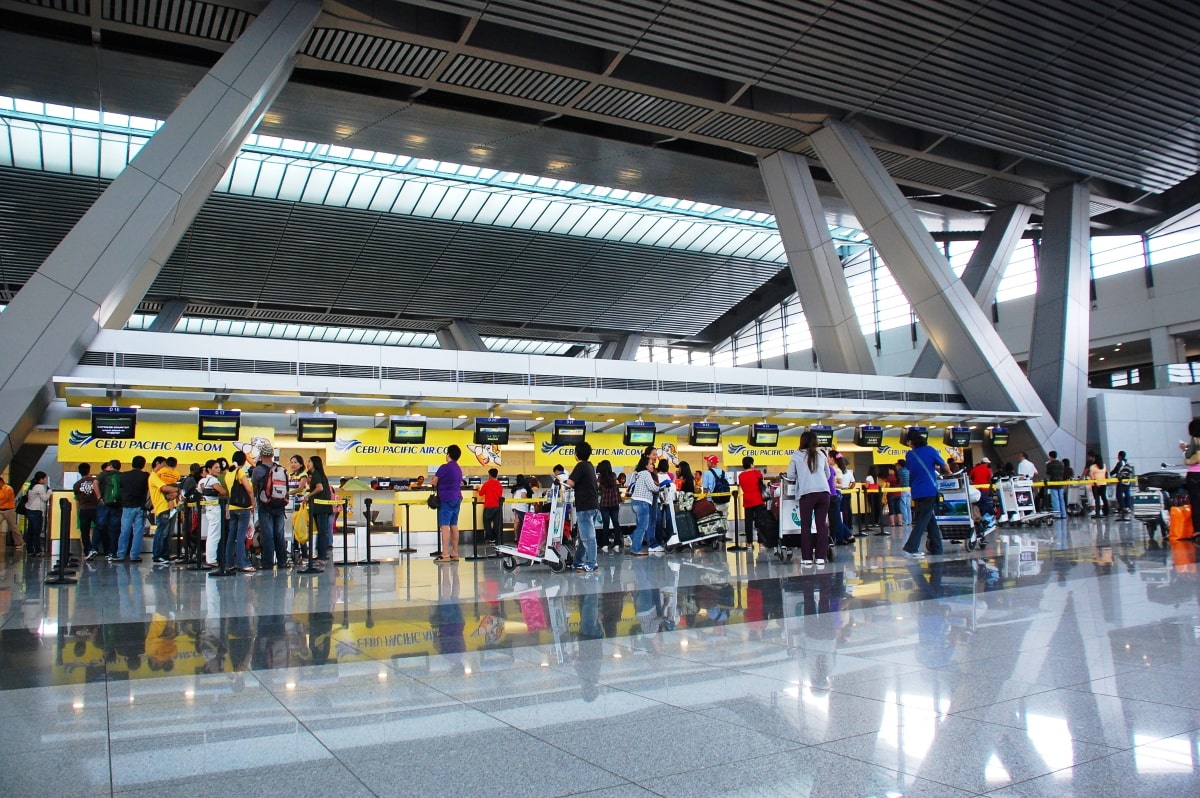Asia Pacific is said to be the biggest driver for the aviation industry. The International Air Transport Association (IATA) forecasts that Asia Pacific will have 3.1 billion passengers traveling by plane to, from and within the region by 2035. More than half of the new passenger traffic is expected to come from the region, according to IATA’s 20-Year Air Passenger Forecast. It predicts the aviation traffic in Asia Pacific will grow by 4.7% annually.
According to the forecast, China will replace the U.S. as the world’s largest aviation market in 2024. It will also be the world’s fastest-growing market in terms of additional passengers per year for 2015 to 2035, adding 817 million new passengers for a total of 1.3 billion. Three other countries from Asia are also expected to grow quickly: India with 322 million new passengers, Indonesia with 135 million, and Vietnam with 112 million.
The Centre for Aviation calculates that the seating capacity in Southeast Asia increased by over 200% in the last 10 years. It jumped to nearly 530 million seats in 2018, up from around 200 million seats in 2008.
High demand boosts aircraft orders
Southeast Asia has more than 2,000 aircraft and nearly as many aircraft on order. In the five main domestic markets – Indonesia, Thailand, Vietnam, Malaysia and the Philippines – low-cost carriers (LCCs) account for at least 50% of capacity. Boeing reported that LCCs’ short-haul market shares in Asia are nearly double that of the global average – around 62% – and 50% higher than Europe’s.
About 1,700 aircraft are on order from Southeast Asian airline groups. Among those, Malaysian AirAsia, Indonesian Lion Air, and VietJet placed the most orders. Lion and AirAsia/AirAsia X have outstanding orders of around 450 aircraft, and VietJet over 300. Cebu Pacific, one of the largest LCCs in the region, has booked 43 aircraft and is also planning to grow its seat capacity by 15% in 2019.
According to Boeing’s Current Market Outlook, Asia Pacific region will receive 17,390 deliveries for the period of 2019-2038. The total Boeing fleet is expected to number 19,420 aircraft by 2038, with a service market value of $3.5 billion. In comparison, North America expects 9,130 deliveries and a total fleet of 10,930. European deliveries will reach 8,990 with a total fleet of 9,340.
Asian aviation industry cornered by challenges
However, even if demand grows, the business environment for airlines is deteriorating. Some airlines in Asia have been struggling to turn a profit in recent years.
In 2018, Cebu Air’s profit fell 50% to $74.8 million despite revenue being up 9% from the previous year. The Filipino LCC was affected by higher fuel prices, the volatility of the Filipino peso and the closure of Boracay Island, a major tourist destination in the country.
In India, Jet Airways officially entered bankruptcy proceedings in June 2019 with $1.21 billion in debt. India’s second-largest carrier only booked a net profit twice in the last decade. Indian LCCs are also struggling. IndiGo’s profit after tax in 2018 plunged to $21.2 million from $316.9 million the previous year. SpiceJet went from a net profit of $79.2 million to a net loss of $42.4 million last year.
Trade war impact on the Asian aviation industry
The director-general and chief executive officer of IATA, Alexandre de Juniac, said in an official statement that the trade war is also taking its toll on the aviation industry. “As the US-China trade war intensifies, the immediate risks to an already beleaguered air cargo industry increase. And, while passenger traffic demand is holding up, the impact of worsening trade relations could spill over and dampen demand.”
Subsequently, IATA cut its 2019 profit outlook for the global air transport industry to $28 billion for the year. In its December 2018 outlook, it had originally predicted 2019 profits to reach $35.5 billion.
Reasons for the deteriorated business environment include rising fuel prices and weakening world trade. IATA expects overall costs to grow by 7.4%, outpacing a 6.5% rise in revenues. As a result, net margins are expected to be squeezed to 3.2% (from 3.7% in 2018). Profit per passenger will similarly decline to $6.12 (from $6.85 in 2018).
“Airlines will still turn a profit this year, but there is no easy money to be made,” concluded de Juniac.










 Australia
Australia China
China India
India Indonesia
Indonesia Japan
Japan Malaysia
Malaysia Philippines
Philippines Singapore
Singapore South Korea
South Korea Taiwan
Taiwan Thailand
Thailand Vietnam
Vietnam Germany
Germany Hong Kong
Hong Kong USA
USA Switzerland
Switzerland Singapore
Singapore
 United Kingdom
United Kingdom







